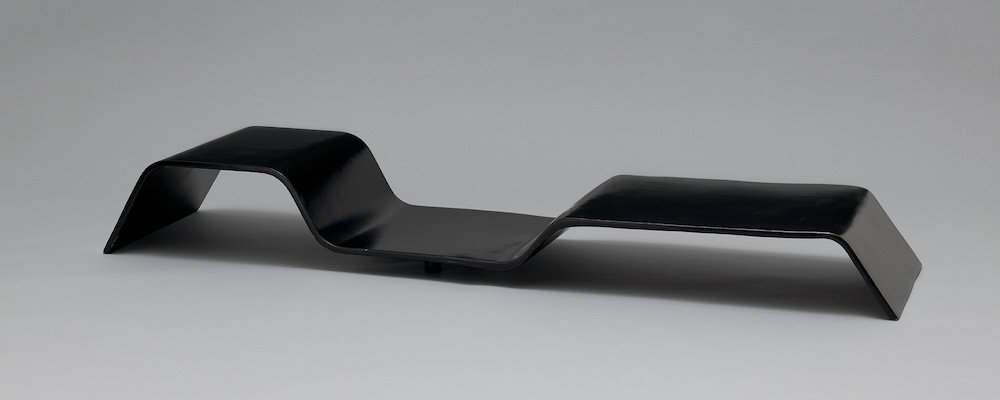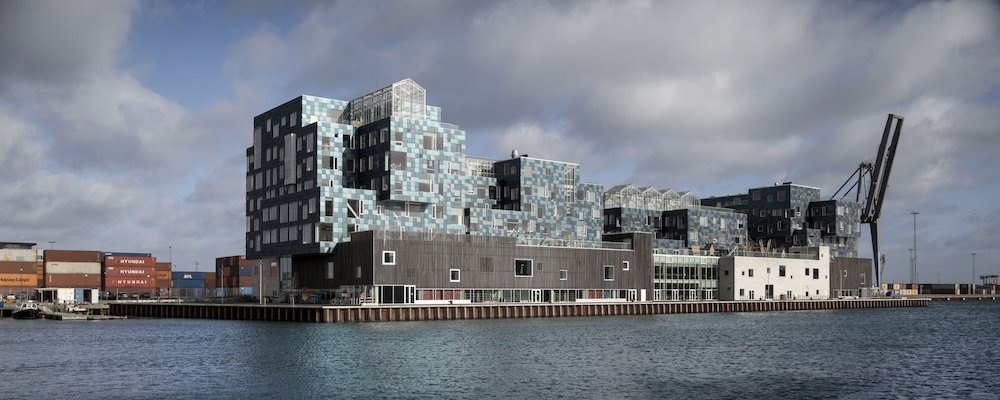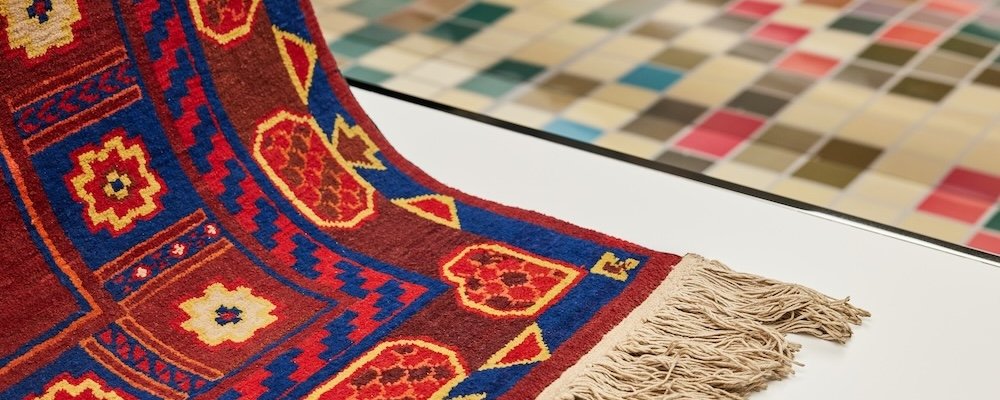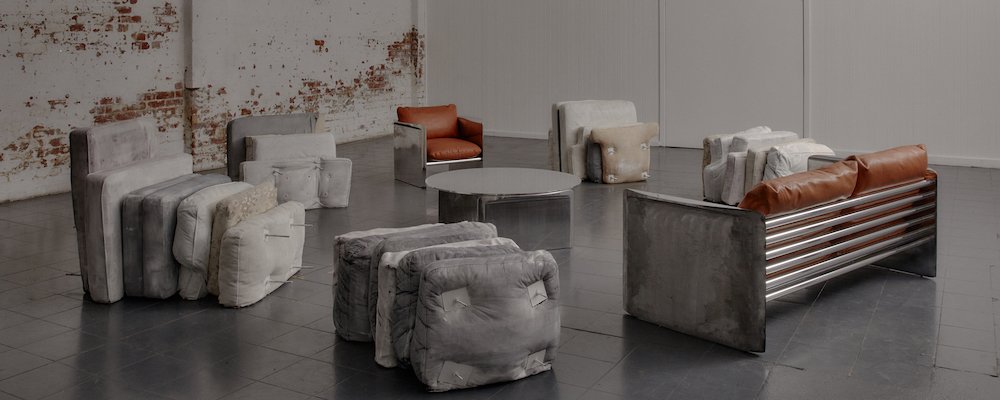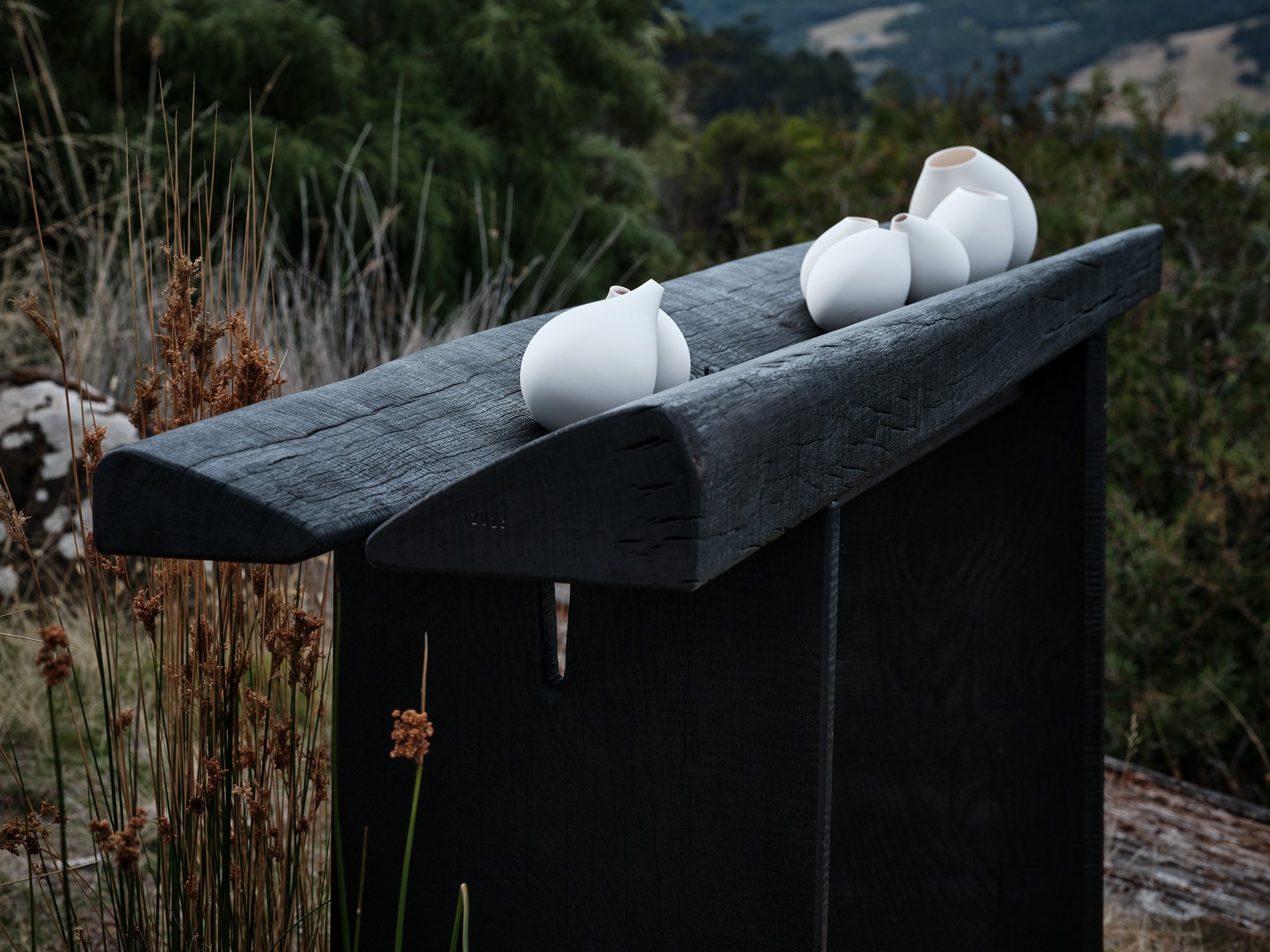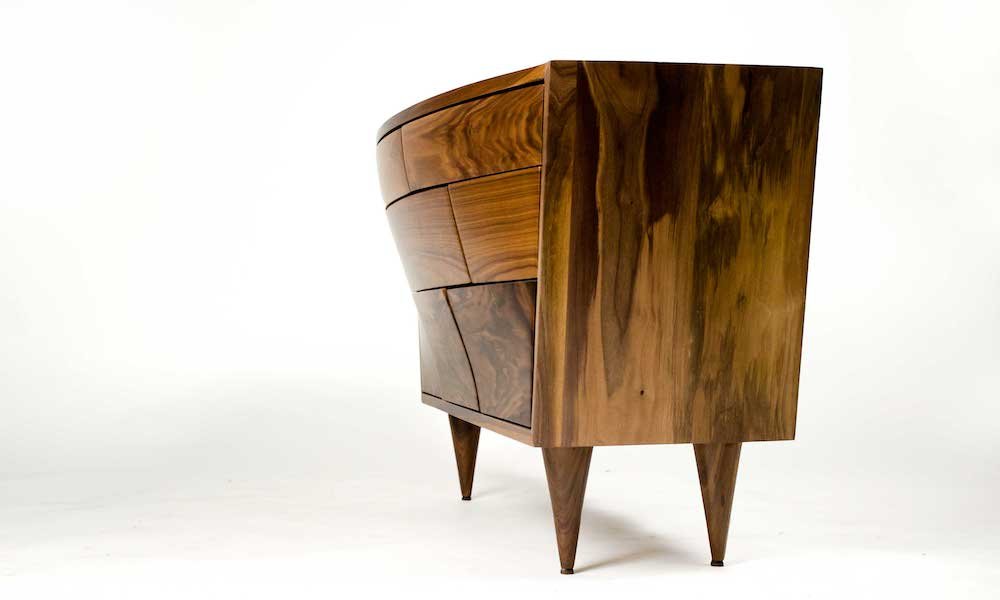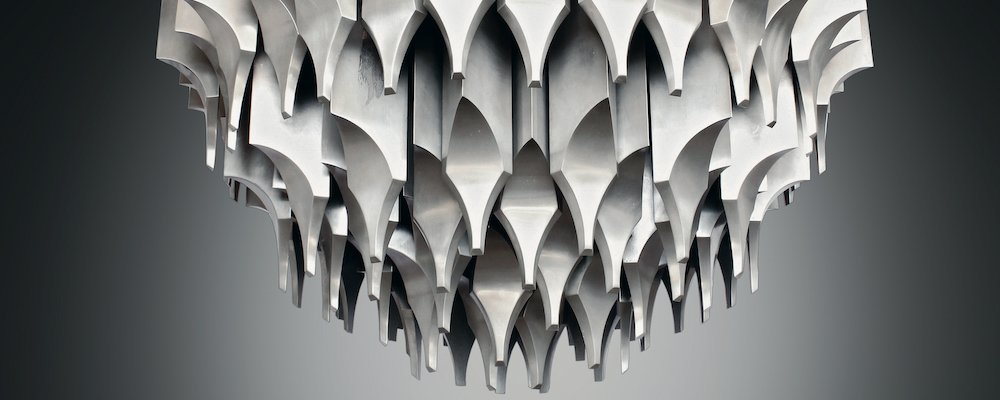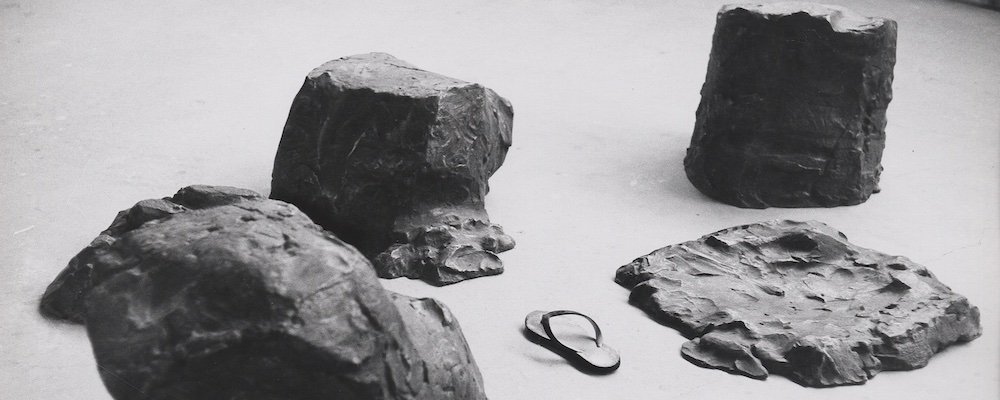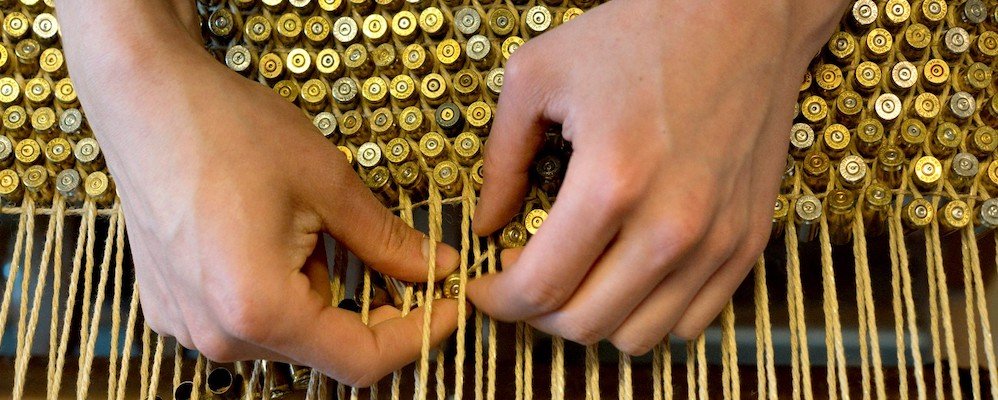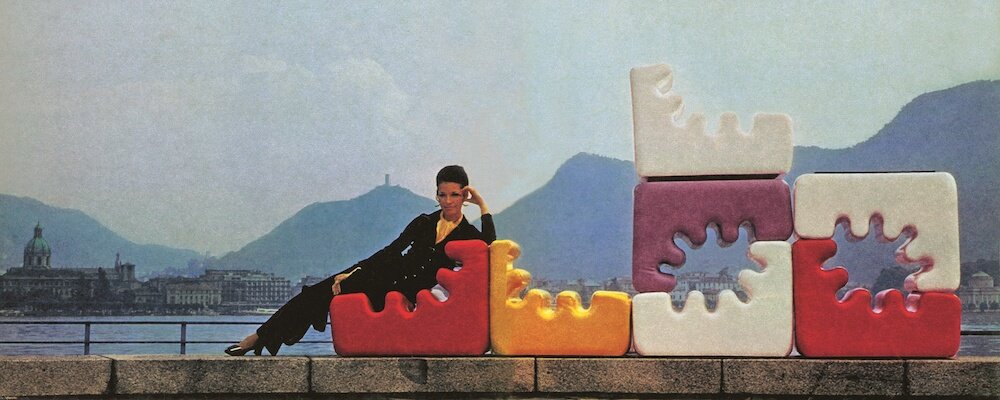Summer Design Exhibitions - Claude & François-Xavier Lalanne: Nature Transformed
In the beautiful 140-acre campus where nature meets art in Western Massachusetts, the works of two French iconoclasts in the world of art, sculpture and design is celebrated for the first time in forty years in the United States.
Episode Five: Claude & François-Xavier Lalanne: ‘Nature Transformed’ at the Clark Art Institute.
Opened in 1955, the Clark Art Institute is located in the Berkshires of Western Massachusetts (around 3h30 drive from New York and 2h30 from Boston). One of a small number of institutions globally that is both an art museum and a centre for research, critical discussion, and higher education in the visual arts, the Clark houses exceptional European and American paintings and sculpture, extensive collections of master prints and drawings, English silver, and early photography. Its 140-acre campus includes miles of hiking and walking trails through woodlands and meadows, providing an exceptional experience of art in nature.
The Clark library, consisting of more than 275,000 volumes, is one of the nation’s premier art history libraries. The Clark also houses and co-sponsors the Williams College Graduate Programme in the History of Art. The Clark is also a superb collection of great architecture with buildings by Daniel Perry, Pietro Belluschi, The Architects Collaborative and Cooper, Robertson & Partners.
In the Clark’s most recent pavilion, designed by Tadao Ando, the exhibition Claude & François-Xavier Lalanne: Nature Transformed showcases twenty objects from across both artists’ long careers. The exhibition includes surreal and streamlined sculptures, dramatic and complex furniture, and a selection of Claude’s innovative flatware and jewellery. The Clark is the sole venue for the exhibition, which also marks the first museum presentation of the artists’ work since the 2019 death of Claude Lalanne.
Although Claude (1924–2019) and François-Xavier Lalanne (1927–2008) seldom collaborated on objects during their long careers, the married artists nearly always exhibited together, often under the joint name Les Lalanne.
From their exhibition, 1964’s Zoophites—objects with a mixture of animal and plant characteristics—the artists repeatedly took flora and fauna and morphed these natural forms into something strange and inventively new. Claude transformed familiar plants and animals into lyrical and sometimes dream-like creations while François-Xavier turned his fascination with the mysterious inner life of animals into abstracted and refined sculptural forms that often concealed a practical function.
The exhibition captures the beauty of their art, champions the fascination they inspire in others, and explores their dualities and commonalities. Initially scheduled for 2020, the exhibition is a perfect day-trip for the Summer 2021 with artworks displayed both indoors and outdoors.
Nature Transformed has been in planning since 2018, and the Clark’s team had the privilege of meeting with Claude Lalanne just a few weeks prior to her death in April 2019. The first museum exhibition devoted to the Lalannes in the United States took place at the Art Institute of Chicago in 1967, followed by a 1977 display at the Art Museum of South Texas in Corpus Christi.
One of the earliest pieces Claude made is the unique and exquisite Le cabinet papillons (The butterfly cabinet, c. 1964).
Jewellery inspired by nature would become one of Claude’s hallmarks, adorning her friends and taking its place on the runways of couturiers like Yves Saint Laurent and Christian Dior.
The butterfly jewellery inside the cabinet—necklaces, bracelets, rings, and earrings (made of bronze, brass, gilded silver, and gold)—was made to be worn, then stored in plain sight.
In 1964, Claude also showed her first two Choupattes (a term she made up, roughly translated as “cabbagefeet”) in the Zoophites exhibition at the Galerie J in Paris. To make these, she deconstructed actual cabbages, transformed the leaves into copper through the process of galvanoplasty (electrotyping), and welded the metallic leaves together, adding a pair of galvanized chicken feet. The treasured choupattes were a form that Claude returned to throughout her career. At times, as in the small Choupatte (2017) included in the exhibition, she abstracted the chicken feet and added a tiny band to one leg, mimicking the identification tags used by farmers to mark their broods.
Also at the Zoophites exhibition, François-Xavier exhibited the first of his five large-scale metal rhinoceros sculptures. Made over his long career, each example opened to reveal interior compartments that transform the sculpture into a functional object, like a desk, as is the case of Grand Rhinocéros V (Large rhinoceros V, 1991, picture above), included in the exhibition. For this unique version, François-Xavier abstracted elements of the animal using geometric forms such as cubes and cylinders and worked the surface to create a rich and complex patina. The work is similar in design to Petit Rhinocéros Mécanique (small mechanical rhinoceros, 1983), which opens in multiple ways and is also presented in Nature Transformed.
François-Xavier Lalanne showed the first of his signature Moutons de Laine (Woolen sheep) flocks in 1966. Designed to be used as chairs and footstools, the initial set consisted of twenty-four sheep, some with heads and some without. He insisted the entire flock remain together, requiring a considerable amount of floor space that undermined any rational conception that they could have served as furniture. This sense of humor is central to François-Xavier’s animal-shaped creations. He later created flocks in smaller groups, in both wool and cement. The set of moutons presented in Nature Transformed, assembled by the current owner from examples made between 1968 and 1971, includes three sheep with sculpted heads (including a rare black sheep) and seven headless ottomans.
Both Claude and François-Xavier created works that reflected their close personal relationships. Claude first exhibited a version of La Dormeuse (The sleeping woman), an intimate and highly personal sculpture that began with a life mold of the face of her daughter Caroline, in 1974. A beautifully patinated 2004 version topped with a tumble of galvanized leaves is shown in the exhibition. François-Xavier’s Génie de Bellerive sur pylône (Genius of Bellerive on pylon, designed in 2007) is a tribute to friends and fellow artists Max Ernst and Constantin Brancusi.
For her sculpture Pomme Bouche d’Alan (Alan’s apple mouth), Claude employed a wax mold of the lips of friend Alan Watson, who worked at the Musée du Louvre.
The original Pomme Bouche dates to 1968, and she returned to the basic concept a number of times in her career, including the 2010 edition shown in the exhibition.
Among the most familiar of François-Xavier’s creations are his animal bars. Meticulously planned and executed, these works demonstrate the artist’s exacting technical skills as well as his love of whimsy and surprise.
La Sauterelle (The grasshopper, 1970), is a sleekly stylized sculpture of an oversized grasshopper made of porcelain and polished brass. It opens to reveal compartments for wine bottles and has wings that pivot. Only two versions were made; the other was gifted by French president Georges Pompidou to the Duke of Edinburgh in 1972 and is now in the royal collection at Windsor Castle.
François-Xavier designed a group of sculptures known as Histoires naturelles (Natural histories) in 2006. The series includes large pieces fitted with candleholders; smaller sculptures; and standing vases formed of abstracted ducks, herons, sandpipers, moorhens, seaweed, water reeds, and fish. The components could be used individually or combined to create an elaborate table decoration. Nature Transformed presents a version of Histoires naturelles, Héron (Natural histories, heron, picture above) completed by the artist’s studio in 2010. In the sculpture, a heron stands among water lilies while fish swim among the water lily roots and the bird’s long legs.
‘Nature Transformed’ includes a rare collaboration between Les Lalanne. Singe aux Nénuphars (Monkey with lilies, 2008) combines a seated monkey, designed by François-Xavier, holding up a round tabletop formed by water lily leaves created by Claude.
The version in the Clark’s exhibition is from the original edition and is cast in bronze; subsequent editions were created in gilt bronze and aluminum.
Claude’s Banc s’asseoir en forêt (Bench sitting in forest, 2017) is among the last works she completed before her death. In 2017 and 2018, Claude created two unique benches formed from tangles of cast, cut, and welded branches and vines. These works were technically complex as the natural effect Claude was seeking could only be achieved through trial and error. Elements were welded in place only to be removed and replaced or repositioned multiple times to create the look of nests of fallen branches and vines.
The integration of familiar objects—desk, chairs, jewellery, flatware—make the sculpture of Les Lalanne accessible and immediate.
The sense of humor and joy embedded in their art has been seen by some as turning away from the need for art to interrogate the problems of the world. But these works also underscore the importance of art that celebrates life.
‘Claude & François-Xavier Lalanne: Nature Transformed’ is accompanied by a catalogue authored by Morris that traces the history of Claude and François-Xavier Lalanne, considers the critical response to their work, and assesses their long careers within the context of the fine art museum.
Major support for Claude & François-Xavier Lalanne: Nature Transformed is provided by Denise Littlefield Sobel. Significant funding is provided by Sylvia and Leonard Marx and by the Kenneth C. Griffin Charitable Fund, with additional support from Jeannene Booher, Agnes Gund, and Robert D. Kraus. The exhibition catalogue has been published with the generous support of Denise Littlefield Sobel, with additional support from the Kenneth C. Griffin Charitable Fund and Furthermore: a program of the J.M. Kaplan Fund.
The exhibition runs until October 31st, 2021. While visiting the Institute, don’t miss their three-star rating in the Michelin Green Guide, located at 225 South Street in Williamstown, Massachusetts.
Picture credits: gallery installation view at the Clark Art Institute. Artwork: © 2021 Artists Rights Society (ARS), New York/ADAGP, Paris; Image: Clark Art Institute/T Clark

















